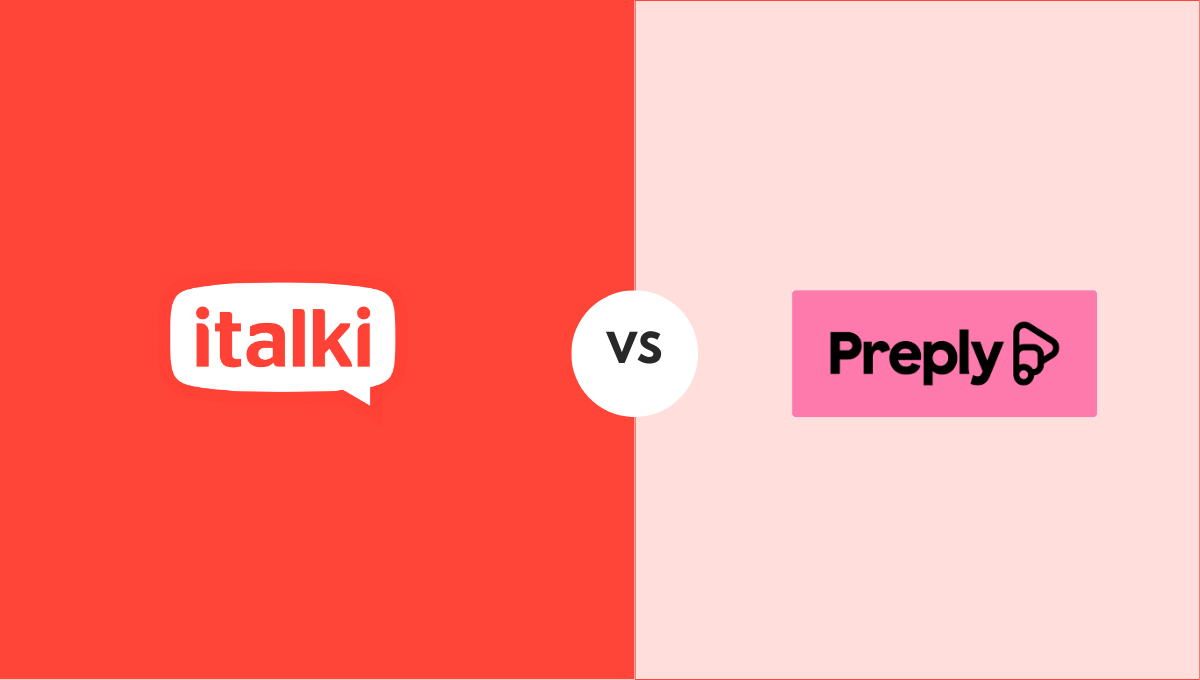Without the punctuation, the language looks ambiguous and confusing. Do you want to get the command over Japanese punctuation marks? In this post, you will learn some of the most popular Japanese punctuation that will make your writing error-free.
In Japan, there was no concept of punctuation before the 19th century. The Ministry of Education in Japan did not impose punctuation till the Meiji Era. Before that, the Japanese had no punctuation to use in their writing materials. It was very difficult to know the exact meaning of the writer due to the absence of punctuation.
But soon after the discovery of Japanese punctuation marks, they become a key part of Japanese writing. For moving forward to Japanese punctuation it is very important for you to understand its importance.
Why Japanese punctuation marks are important to learn?
Most people ask is Japanese easy to learn or why is it important to understand and learn Japanese punctuation marks. The answer is that it is very important for you to learn Japanese punctuation marks for a large number of reasons.
Punctuation marks are key aspects of Japanese writing. You will not be able to communicate effectively if you do not know the concept of these punctuation marks. If you are in need to speak or type Japanese frequently, it is very important for you to understand Japanese punctuation marks. Without these, you will not be able to convey your right meaning.
Learning Japanese punctuation is essential because it is a bit different from English punctuation. Both languages have some common marks but Japanese, in general, has its own punctuation marks. Structured Japanese tutoring helps you master these unique elements systematically, making sure you understand both the rules and their practical applications in different contexts.
Learn Japanese online to get a command over all the Japanese punctuation marks.
Want to learn a language at italki?
Here are the best resources for you!
Japanese punctuation marks
Japanese punctuation, also called 約物 (やくもの) i.e. yakumono contains all the written marks in Japanese that are not numbers, 仮名 (かな) (kana) or 漢字 (かんじ) (kanji).
Japanese full stop: 句点 (Kuten), 丸 (Maru)
Full stop in Japanese is a small circle “。”, positioned like the English “.” after a word. But its function is different from the function of a full stop. Rather than coming at the end of the word like in English, this small circle is used to separate two sentences. So a single sentence will not need a full stop in Japanese.
Lenticular Brackets: 【 】
These brackets are also known as 墨付き括弧 (すみつき かっこ) — sumitsuki kakko in Japanese. These brackets are used in the Japanese language but not in English. Their function is to act as a separator between texts in one sentence or a paragraph.
These brackets don’t have anyone specific purpose, but they are particularly useful for making the bracketed statement stand out as compared to the rest of the text.
Singular Quotation Marks: 「 」
鉤括弧 (かぎ かっこ) — kagi kakko are the Japanese quotation marks. In Japanese, these singular quotation marks are specifically used to quote something or someone.
Double Quotation Marks: 『 』
These double quotation marks are known as 二重鉤括弧 (にじゅう かぎ かっこ) — niju kagi kakko in Japanese. The function of these double quotation marks is to cite a quotation within another quotation.
For instance,
あゆみは「京子は『外に食べに行こう』と言いました。」と言いました。(あゆみ は「 きょうこ は『 そとに たべに いこう』 と いいました。 」 と いいました。)
“‘Let’s go out to eat,’ Kyoko said,” said Ayumi.
Comma: 読点
The function of the comma is to detach elements within a sentence. As for the full stop, extra space is there in the comma as well. Let’s see its application in form of an example.
明日、予定がありますか。
Ashita, do you have plans?
Do you have any plans for tomorrow?
Question Mark: 疑問符
Most people become surprised when they do not see any question marks in Japanese content. Actually, the Japanese particle “ka” (か) is mostly used to undergo an inquiry.
For instance,
ジュリアさんがいますか。
Jyuria san ga imasu ka.
Is Julia san here?
But when it comes to formal Japanese writing, the question mark is required and the Japanese particle “ka” (か) is dropped.
Exclamation Mark: 感嘆符 (Kantanfu)/エクスクラメーション・マーク (Ekusukurameeshion Maaku)
Just like in English, the exclamation mark is used to put stress on the feeling of the narrator. This mark is very rarely used in Japanese formal writings. They are more confined to informal daily conversations.
For instance,
久しぶり!
Hisashiburi!
It’s been a long time!
Ellipsis: …
三点リーダー (さんてん りーだー) — santen rīdā in Japanese, ellipses are used to bring a pause and awkwardness in the sentence.
For instance,
私は本当に不器用です… (わたし は ほんとう に ぶきよう です…)
I am very clumsy…
Wave Mark: 〜
The use of this wave mark is a bit confusing. This wave is known as 波形 (なみがた) — namigata in Japanese, is used to separate the main title from its subtitles, to replace ellipses and brackets, and to specify a drawn-out word.
For instance,
バイバイ〜 (ばいばい〜)
Bye-bye〜
Interpunct: ・
An interpunct is also known as, 中黒 (なかぐろ) — nakaguro in Japsnese. Their main function is to divide the words.
For instance,
中学・高校 (ちゅうがく・ こうこう )
Middle / high school
Alternation Mark: 〽
庵点 (いおり てん ) — ioriten or alternation mark is mostly used in songs composition. It is used to signify the start of a song or the beginning of the singer’s part. This mark is not frequently used but you can find it in more formal Japanese music compositions. This mark is also used frequently on Japanese social media. Let us see an example of this mark used in the sentence.
〽大好きだよ。(だいすき だよ。)
I really like you.
〽僕も大好きだよ。(ぼくも だいすき だよ。)
I really like you too.
Parentheses: ( )
Just like in English, Parentheses in Japanese are used to provide side information or unimportant information. The only difference is that the Japanese use larger spaces to the left and right of each respective parenthesis.
かれ は きみょう なので( わるく とらないで ください ね)、わたしは かれ がこわい です。
He is kind of weird (no offense) and I’m afraid of him.
Conclusion
The above-mentioned are some of the most commonly used punctuation marks in Japanese. If you are planning to move to Japan, especially for the purpose of work or business then you are highly recommended to learn Japanese numbers and punctuation marks as you are going to have formal communication there.
We hope after going through this guideline your level of confusion may have decreased. Learning Japanese is not difficult. It is all about being consistent in your approach. Allocate your time to see Japanese writings daily. Highlight the Japanese punctuation marks in each writing. This exercise will make you aware of their use and application.
You can also undergo training from online Japanese teachers regarding Japanese punctuation marks. These training sessions will guide you regarding the use of the right punctuation at the right time.

Find Your Perfect Teacher
At italki, you can find your Japanese tutor from all qualified and experienced teachers. Now experience the excellent language learning journey!
Book a trial lesson















